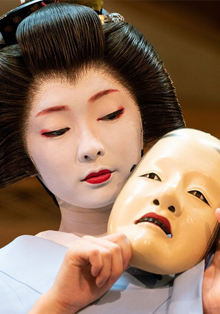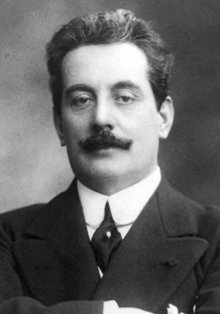On the occasion of the premiere of the melodrama Pierrot Lunaire by the Austrian musician Arnold Schoenberg at the Teatro Real of Madrid, next Wednesday 28th February at 6.30 p.m. a conference on Japanese Noh theatre will take place at the Casa Asia Centre-Madrid (Calle Mayor, 69). Free activity until full capacity is reached.
Noh Theatre is a highly respected art form in Japan that combines features of religious rite, court ceremony and popular festival, all accompanied by song, dance and instrumental music (flute and drums).
The conference, part of the collaboration between Casa Asia and the Teatro Real, will talk about the play Pierrot Lunaire, where the main character is a scorned clown, taken from the world of Italian commedia dell’arte, reinvented as an alienated modern artist. Pierrot and the other protagonists of the Italian commedia dell’arte, as in classical theatre, wore masks which, together with the costumes, characterised the individual characters. The same is true of Japanese Noh theatre, which has been performed since the 14th century and is characterised by the use of masks used for the roles of ghosts, women and old people, since all the actors are men.
This theatre is a manifestation rich in tradition and meaning that exudes a spirituality of great beauty and lyricism. It is a rather aristocratic type of drama which, unlike Western theatre, is characterised by the simplicity and lack of definition of its scenery.
Emilio de Miguel, director of the Casa Asia Centre Madrid, will present the event, and Javier Vives, architect and author of the book El teatro japonés y las artes plásticas, an analysis of the common visual aspects between the classical theatrical forms of Japan and its architecture, gardening, painting and sculpture, will participate.
In 1979, Javier Vives made the first of his trips to Japan to see its most emblematic monuments and buildings. Since then, he has combined his professional activity with studies on Japanese art. His interest in Japanese culture goes beyond architecture and extends to all forms of artistic expression.
This architect has also written other Japanese-themed books, such as Historia y arte del jardín japonés, a survey of more than forty classical and modern Japanese gardens; Las bombas atómicas: Hiroshima and Nagasaki, an account of the manufacturing process of the atomic bombs dropped on the two Japanese cities; Traditional Architecture of Japan, a text that unpacks the keys and foundations of traditional Japanese architecture; and Modern Architecture of Japan, a work that analyses the meteoric evolution of Japanese architecture from the second half of the 19th century to the first two decades of the 21st. Registration for the event is open at this link.







